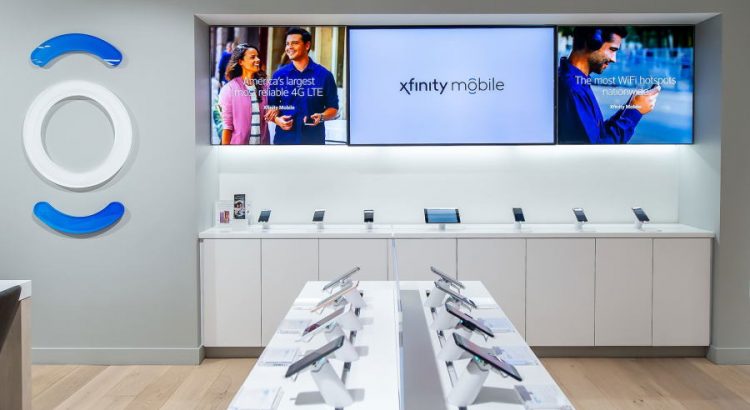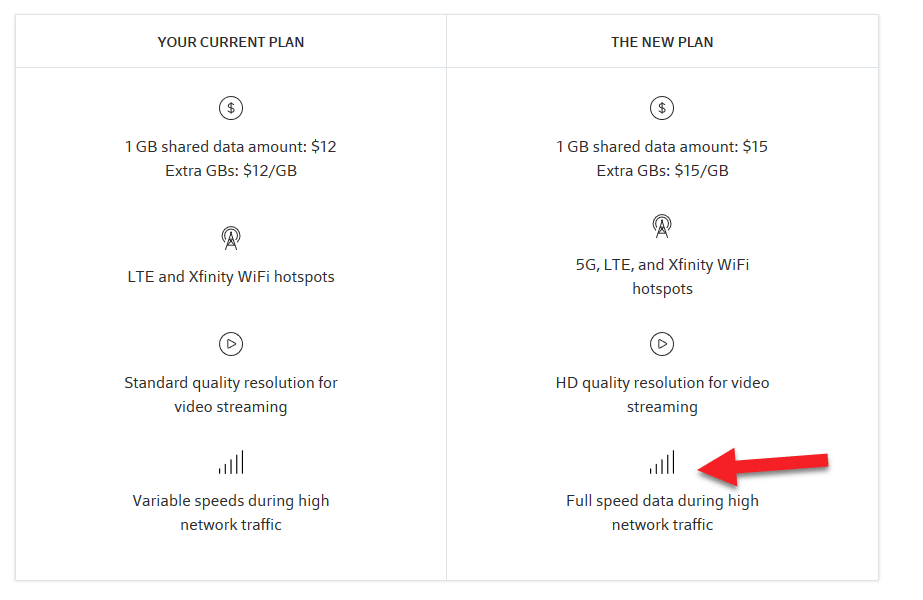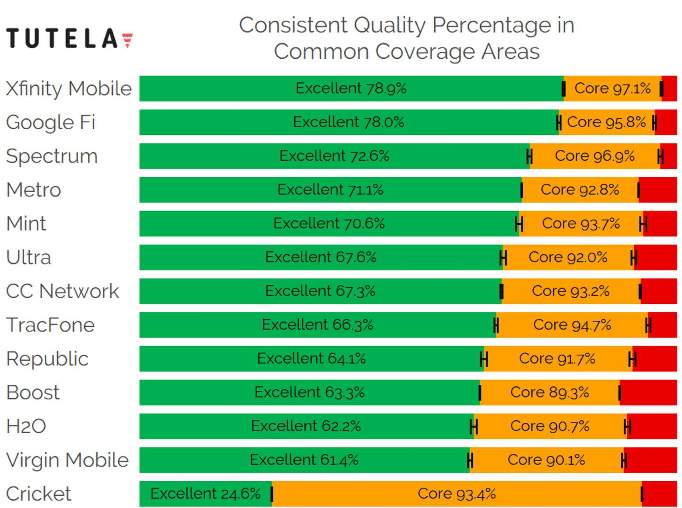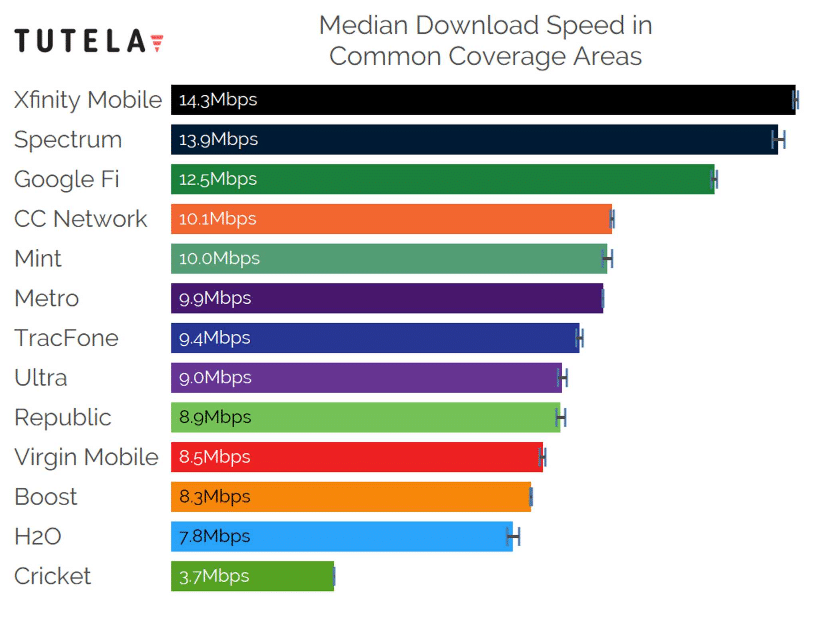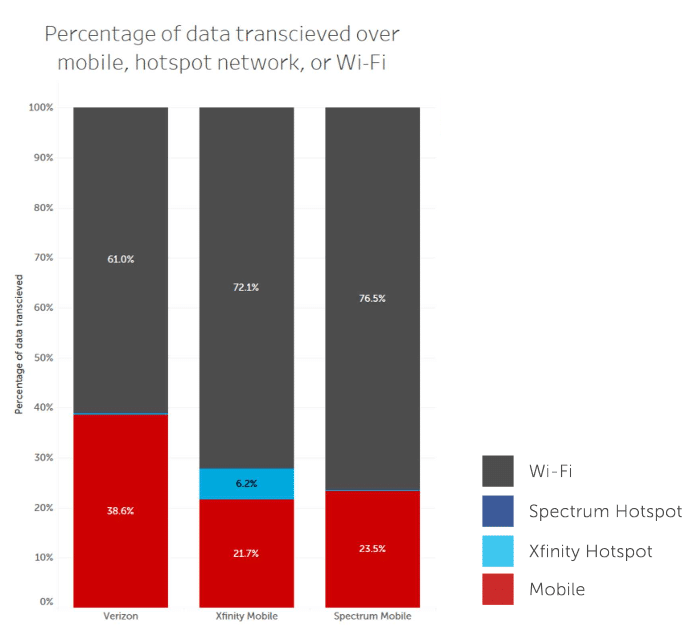Today, Xfinity Mobile updated prices for accounts with multiple lines on the carrier’s unlimited plans. While Xfinity Mobile used to charge $45 per unlimited line, the cost per line now varies as additional unlimited lines are added to an account:1
| Unlimited Lines | Old Price | New Price |
|---|---|---|
| 1 | $45 | $45 |
| 2 | $90 | $80 |
| 3 | $135 | $100 |
| 4 | $180 | $120 |
Subscribers with family plans can still mix and match between Xfinity’s unlimited plans and the company’s by-the-gig plans (this is a hugely underrated perk for families). Pricing for by-the-gig plans remains unchanged.
Competitive Pressure
While Xfinity’s by-the-gig lines have always been priced extremely competitively, Xfinity Mobile’s unlimited plans have offered more of a mixed bag. $45 per month was a good price for a single-line, unlimited plan. Pricing was not as appealing for families that wanted several lines with unlimited data.
With Xfinity Mobile’s latest update, the carriers’ family plans with unlimited data are now usually cheaper than those offered by Verizon, AT&T, and T-Mobile. As Joe Paonessa points out, several small carriers still sometimes offer lower rates on unlimited plans than Xfinity Mobile or the Big Three Networks.

